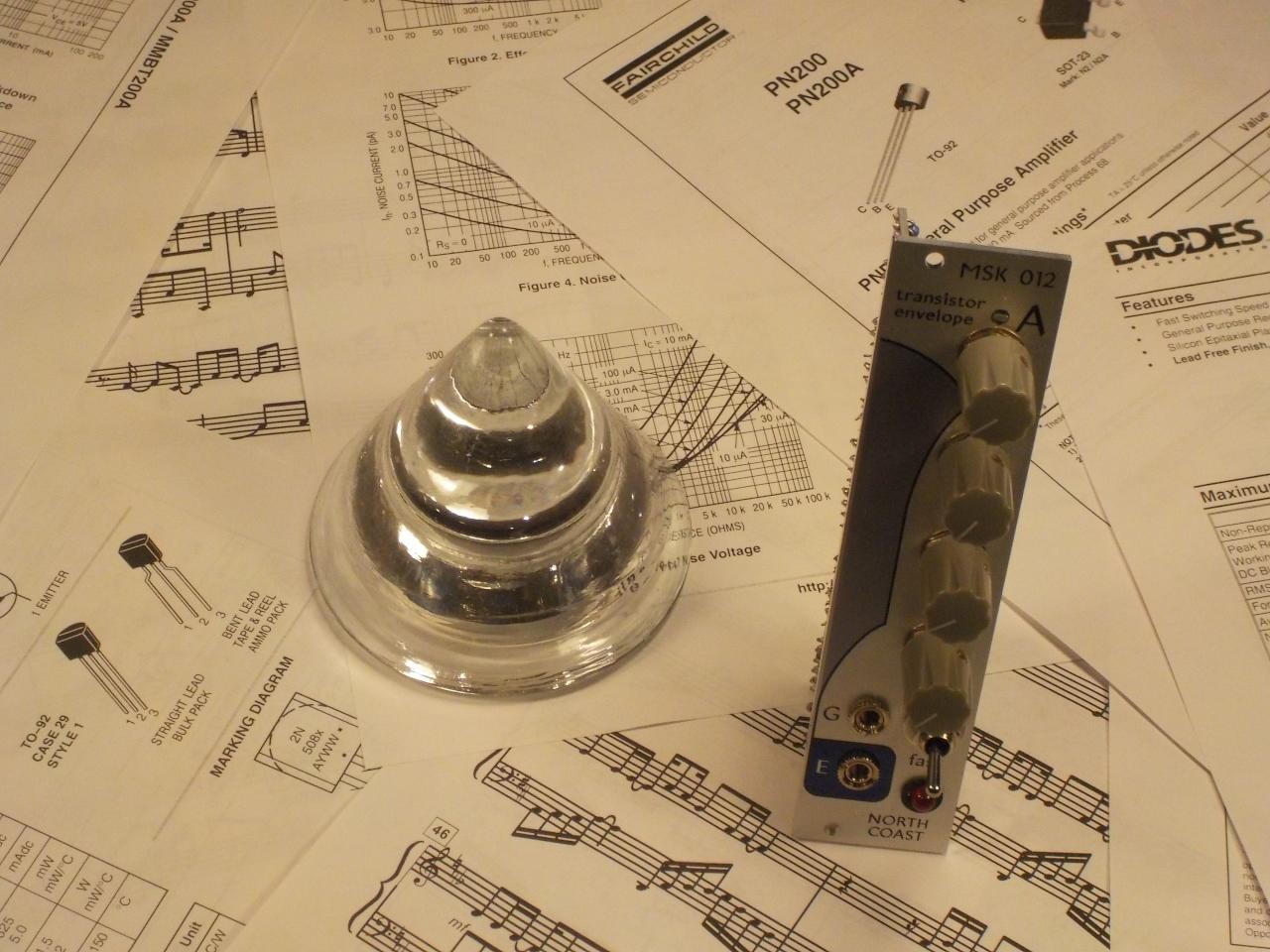News, reviews, and demos
2018-03-26 video news MSK 012 MSK 011 MSK 010 MSK 007
We're coming up to the end of the first quarter of 2018, and I'm happy to note that based on the current projection, it looks like the company will actually have a profit this quarter - probably about $10. (Edit: Well, not quite. The quarter ended about $6.50 in the red. Still the best quarter on record, though.) Even if sales continue to increase, it'll still take a long time to pay back the losses of previous quarters, and since I'm living on savings now with no real income since Fall 2016 and the company owes me personally a few tens of thousands of dollars, I'm conscious of needing to keep pushing for more sales at North Coast if I'm to stay in business at all, continue releasing new modules, and keep up activities like this Web log for which I don't actually get paid. よろしくお願いします, as we say in Japanese; I hope for your favour.
That said, I do have a couple of new modules coming up on the horizon. First, there'll be a transistor mixer in early April, and next, a transistor ADSR envelope generator, whenever I manage to source some of the parts that are currently out of stock with my suppliers (likely May, but I hope earlier). Both these modules owe their charm to their minimalist circuitry: whereas kids these days usually design such things around ready-made op amp chips (usually somewhere around 20 transistors per channel), I've tried to take it back to the spirit of when transistors really counted and we got the most out of every one of them. Six transistors in the mixer, nine (plus a bunch of diodes) in the ADSR generator. I don't know if that produces an audible difference, but it's fun, and that should count for something.
This ad image makes the point pretty well, I think. Click to enlarge. We usually draw op amps as simple little triangles, but if you think about what those triangles abbreviate and draw out the actual circuitry involved, it's shocking how complicated an op amp-based design really is compared to a minimal transistor design.
The two new "Transistor" modules also represent an initiative I've been working on to make some smaller and lower-priced modules. North Coast is not a "budget" manufacturer - with the small scale of my operation and the traditional handcrafting techniques I use, it is simply not possible for me to compete on price with the big companies that make modules in China using robots. My value proposition is quality and uniqueness instead. Similarly, although trying to make 2 HP modules is probably a bad idea anyway, it's not even realistically possible with through-hole construction; so if you want extremely narrow modules, you should be looking somewhere else. However, at 6 HP width, roughly 35mm depth, the upcoming Transistor Mixer and Transistor ADSR are the smallest modules I've ever offered.
The Transistor modules are really still in development, so I don't have a lot of demo material on them, but here's a quick wiggle on the first ADSR generator prototypes. Some of my other modules are involved, too, but take particular note of the shapes of the melodic notes. I have never yet been able to figure out just what people mean when they say they want "snappy" envelopes. It's clearly not literal speed, even though people also call such envelopes "fast," because when you really build an envelope that is extremely fast as measured by test equipment, then it necessarily makes clicking noises and people hate that and say it needs to be even "faster." The envelopes that are thought to sound the most "fast" are in fact relatively slow. But I'd like to think that some of the notes in this recording sound like what "snappy" is supposed to mean.
There've been several YouTube videos posted about North Coast Synthesis modules recently. See my disclosures page for information on who got what inducements for making them.
First, on the Leapfrog VCF, there's a recent DivKid demo:
...and also a "first patch" video just showing it in a simple patch without commentary:
SynthDIYGuy reviewed the Fixed Sine Bank kit a while ago:
A review from Colour My Sound of the Fixed Sine Bank appears in the latest issue of the Polish hardcopy synth magazine Estrada i Studio, and it comes with videos in both English and Polish:
◀ PREV Modular synthesis intro, part 9: Other filter designs || Modular synthesis intro, part 10: Analog oscillators NEXT ▶

